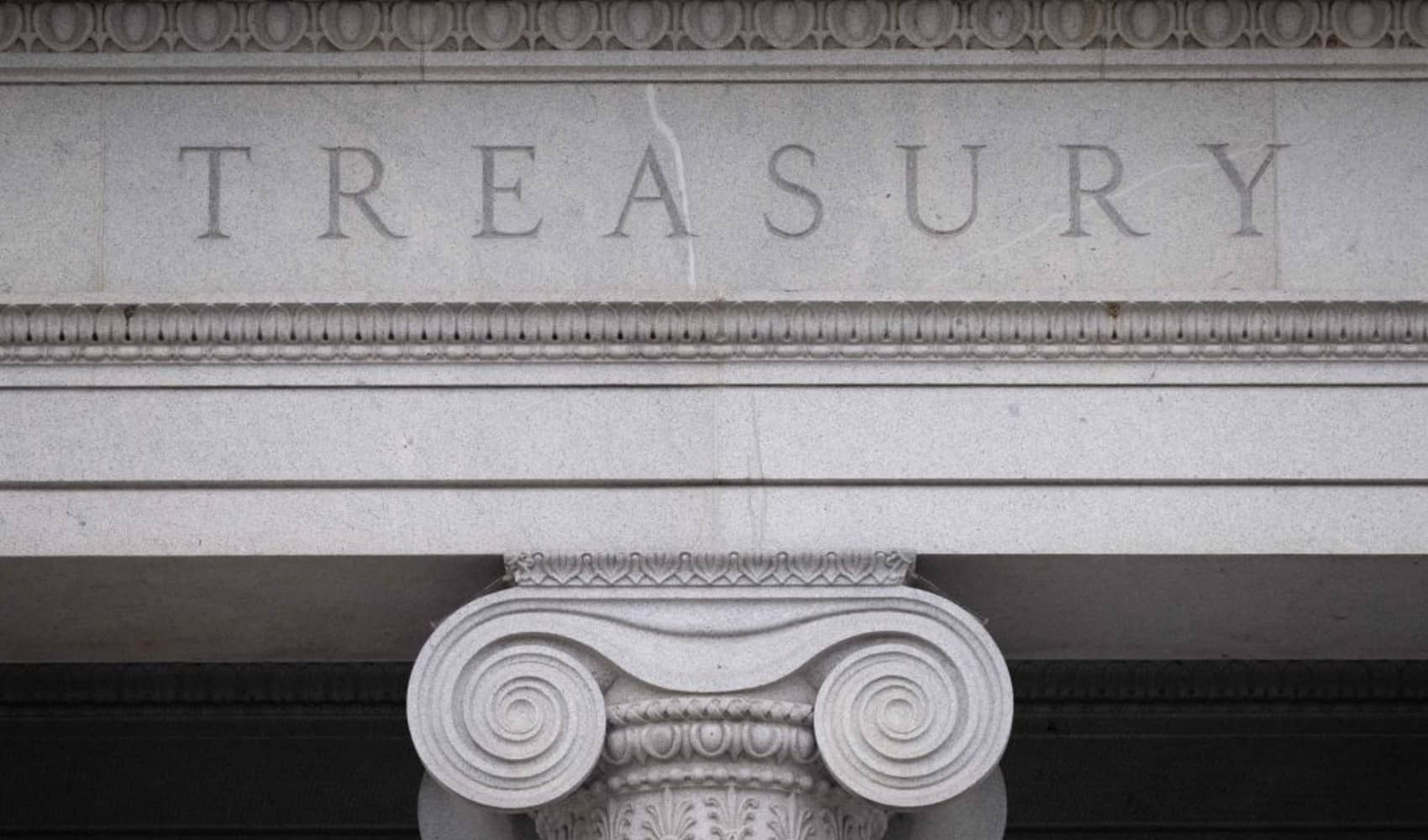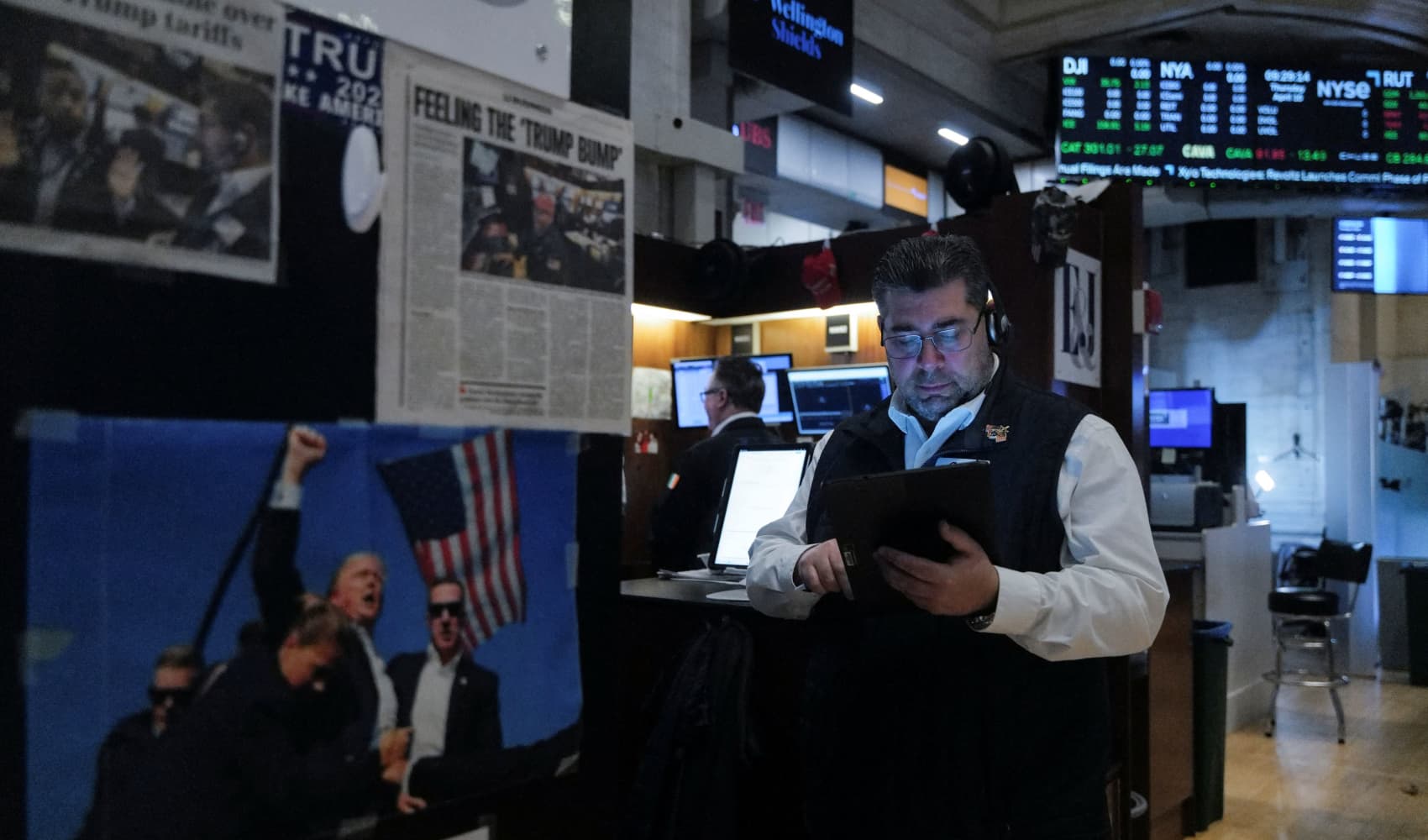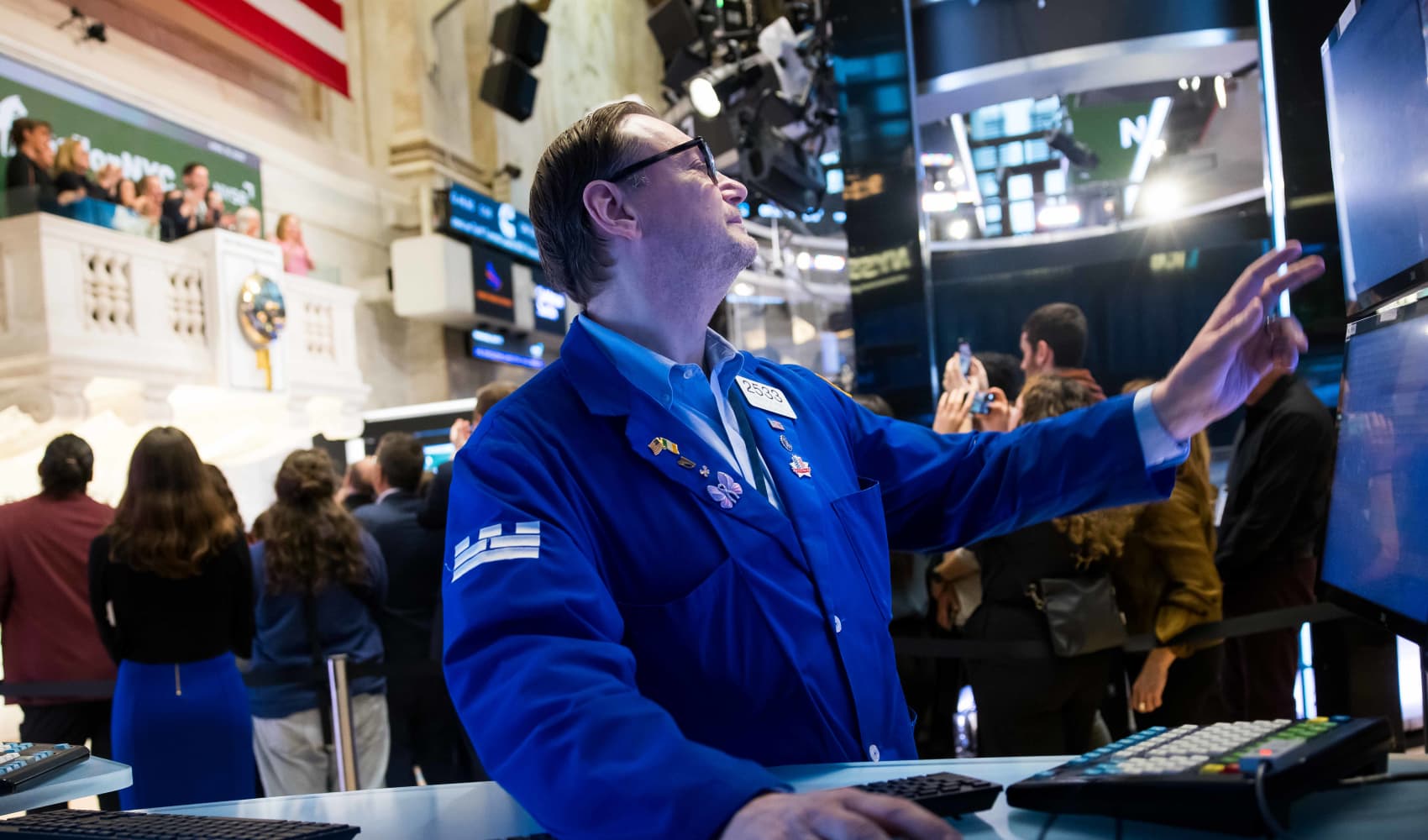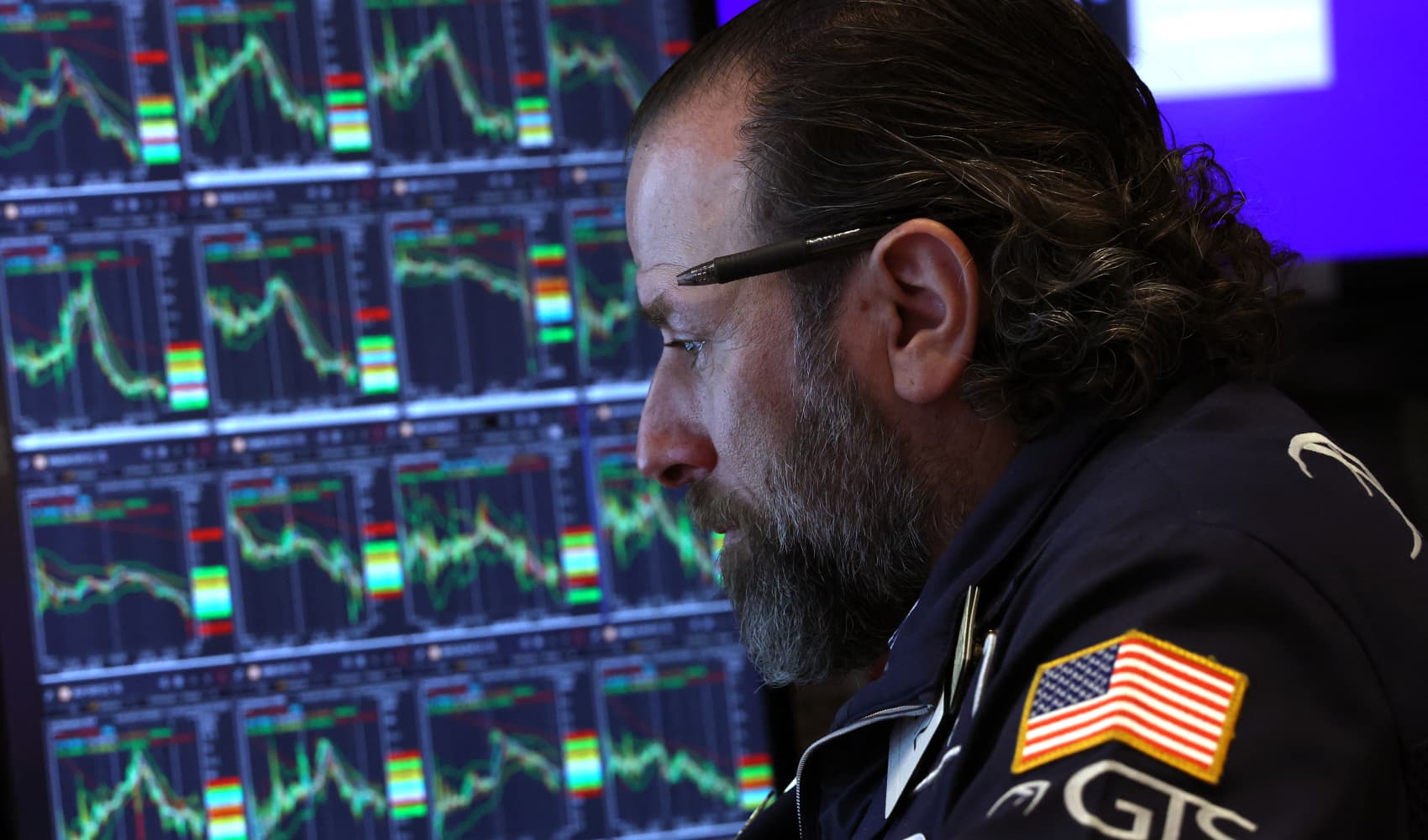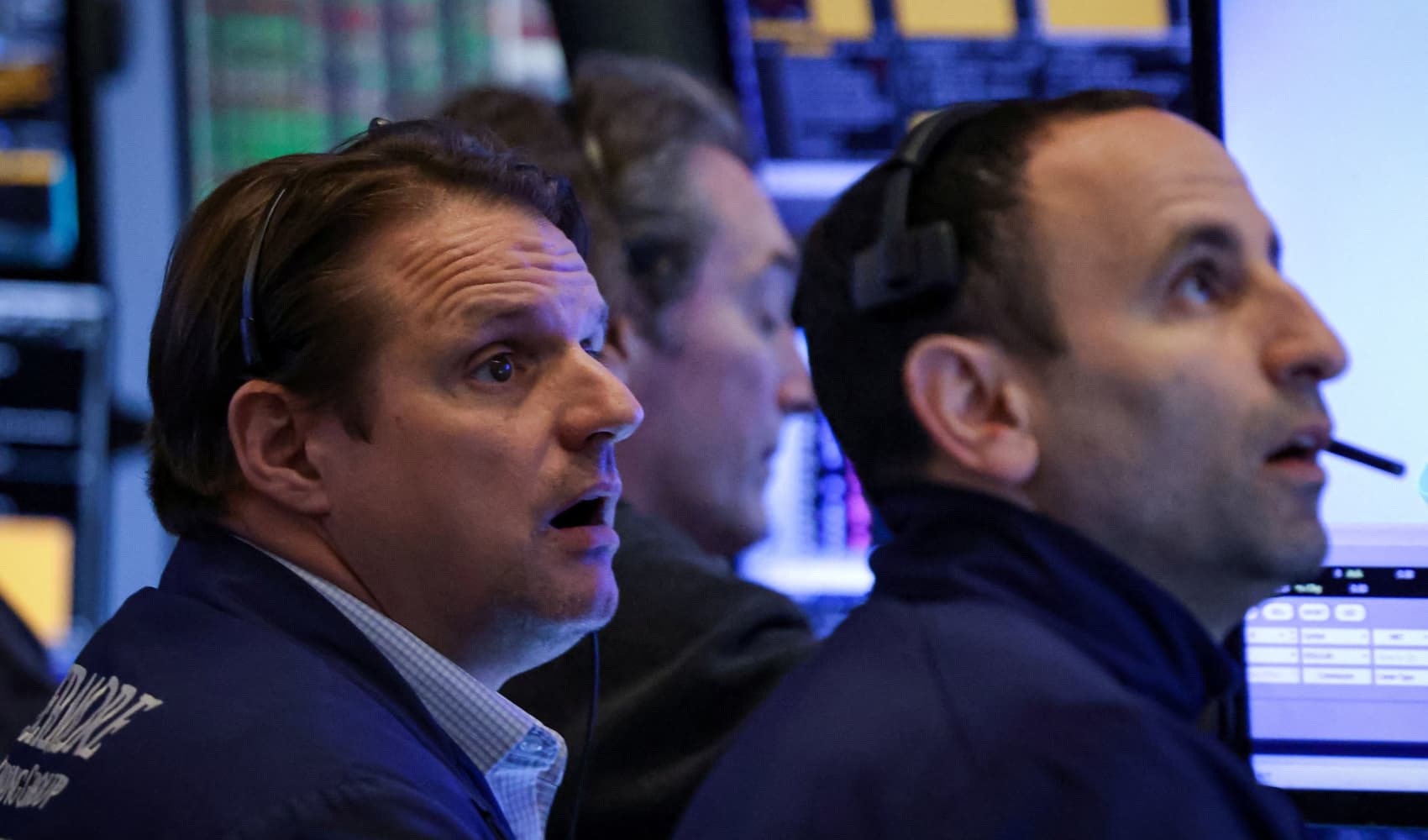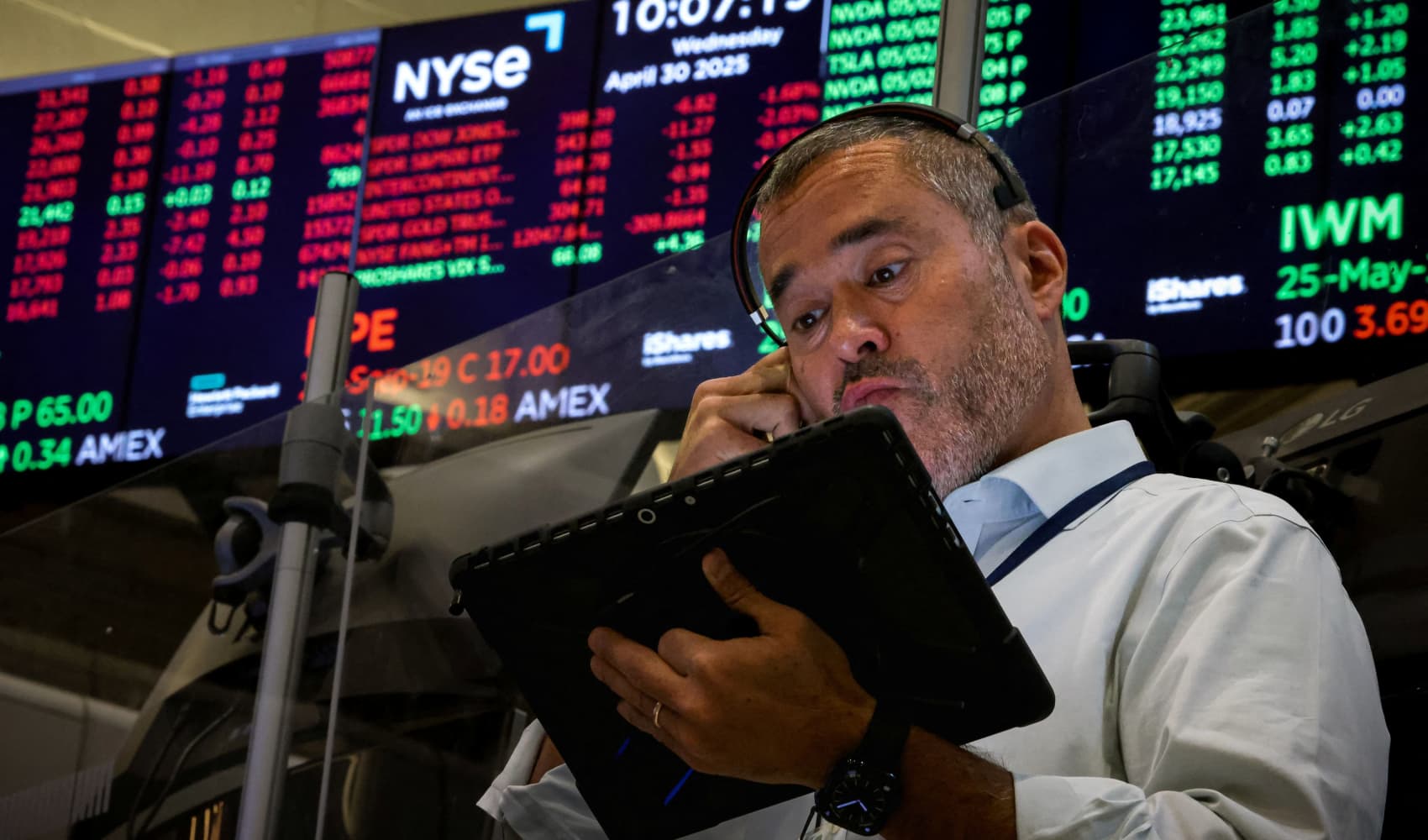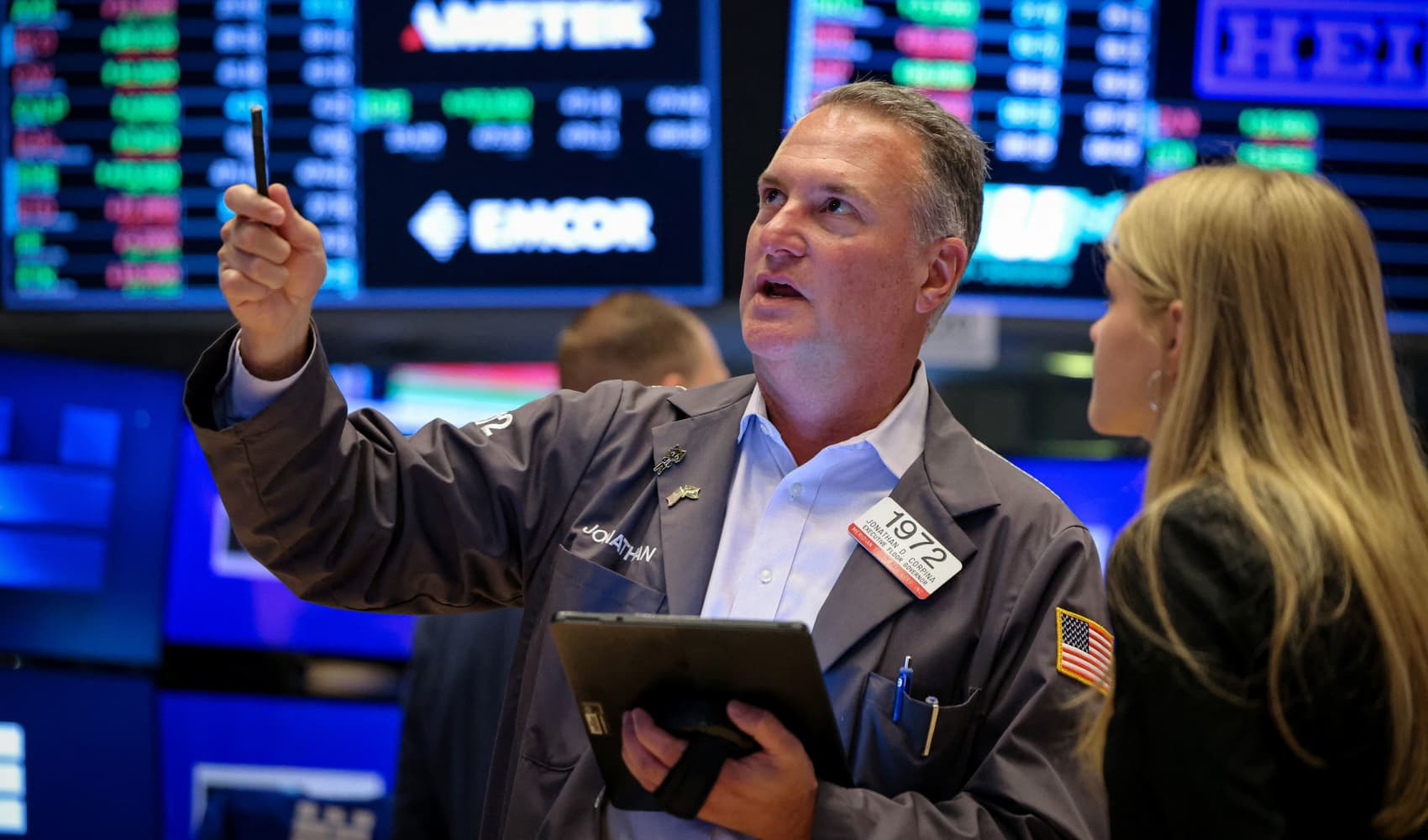Treasury Yields Plunge: Contraction & Inflation Drive Volatility
Economic Tug-of-War: Treasury Yields Waver Amidst Contraction & Inflation Fears
Introduction: A Rollercoaster Ride for Treasury Yields
Hold on tight, investors! Wednesday brought us a real economic rollercoaster. Treasury yields experienced fluctuations, reacting to a potent mix of economic data that revealed both a surprising contraction in the U.S. economy and persistent inflationary pressures. It's like trying to drive a car with one foot on the gas and the other on the brake – a recipe for a bumpy ride, right?
Treasury Yield Snapshot: A Basis Point Ballet
Let's take a closer look at the numbers. The benchmark 10-year Treasury yield saw a slight decrease, less than 1 basis point, settling at 4.166%. Meanwhile, the 2-year Treasury yield also dipped, falling less than 5 basis points to 3.609%. Remember, one basis point is equivalent to 0.01%. It might seem small, but these tiny movements can signal significant shifts in investor sentiment.
Understanding Yields and Prices: An Inverse Relationship
Here’s a crucial point to remember: yields and prices move in opposite directions. Think of it like a seesaw – when one goes up, the other goes down. So, when yields decrease, it generally means that the price of the bond has increased. This relationship is fundamental to understanding how bond markets function.
GDP Disappointment: The Economy Shrinks Unexpectedly
Now for the shocker: Gross Domestic Product (GDP), the total value of all goods and services produced in the U.S., actually *contracted* at an annualized rate of 0.3% from January through March! That’s a pretty significant stumble. Economists had anticipated a gain of 0.4%, a stark contrast to the 2.4% growth seen in the fourth quarter of 2024. Talk about a surprise! Was this just a temporary blip, or a sign of deeper economic troubles?
Why Does GDP Matter? The Economy's Scorecard
GDP is the ultimate scorecard for the economy's health. A shrinking GDP can signal a potential recession, job losses, and reduced consumer spending. It's like getting a bad grade on a major exam – it doesn't feel good and can have serious consequences. So, this unexpected contraction raises some serious questions about the overall economic outlook.
Inflation Persists: The Sticky Price Problem
But wait, there's more! While the economy contracted, inflation remained stubbornly high. Traders seemed to focus more on the inflation readings in the GDP report than the GDP number itself. The Personal Consumption Expenditures (PCE) price index, the Fed's preferred inflation gauge, rose by a whopping 3.6% for the quarter, a significant jump from the 2.4% increase in the previous quarter.
Core PCE: Stripping Out the Volatility
To get a clearer picture, economists often look at "core" PCE, which excludes volatile food and energy prices. Even core PCE was up a concerning 3.5%. This suggests that inflation is not just driven by temporary factors but is more deeply embedded in the economy. It is kind of like the difference between someone who has a cold and someone who has pneumonia.
The Federal Reserve's Dilemma: A Tightrope Walk
This economic backdrop presents a serious challenge for the Federal Reserve. The Fed is tasked with maintaining both price stability (controlling inflation) and full employment (maximizing economic growth). How can they achieve both when the economy is contracting but inflation is still high? It's like trying to juggle chainsaws – a very delicate balancing act!
Interest Rate Hikes: A Double-Edged Sword
The Fed's primary tool for combating inflation is raising interest rates. Higher interest rates can cool down the economy by making borrowing more expensive, which reduces spending and investment. However, raising rates too aggressively could further stifle economic growth and potentially trigger a recession. It's a double-edged sword.
Market Reaction: Uncertainty and Volatility
Unsurprisingly, the combination of a contracting economy and high inflation has injected significant uncertainty into the markets. Investors are unsure about the future direction of the economy and how the Fed will respond. This uncertainty translates into increased volatility in asset prices, including Treasury yields, stocks, and other investments.
Risk Aversion: Flight to Safety?
In times of economic uncertainty, investors often become more risk-averse and seek the relative safety of U.S. Treasury bonds. This increased demand for bonds can push prices up and yields down. However, the persistence of inflation complicates this dynamic, as inflation erodes the value of fixed-income investments like bonds.
Looking Ahead: What's Next for Treasury Yields?
Predicting the future of Treasury yields is always a challenging task, but several factors will likely play a crucial role in the coming months. These include the pace of economic growth, the trajectory of inflation, and the Fed's monetary policy decisions. We also have to watch for any unexpected geopolitical events that could impact the global economy.
The Importance of Economic Data: Following the Clues
Investors and economists will be closely monitoring upcoming economic data releases for clues about the health of the economy and the direction of inflation. Key data points to watch include employment reports, consumer spending figures, and inflation readings. These data releases will provide important insights into the Fed's next moves and the likely path of Treasury yields.
Global Implications: A Worldwide Economic Symphony
The U.S. economy doesn't exist in a vacuum. What happens in the U.S. has ripple effects across the globe. Other countries are facing similar challenges with inflation and economic growth. Decisions made by the Federal Reserve could impact interest rates, currencies, and trade flows around the world.
Central Bank Coordination: Working Together?
It will be interesting to see if the U.S. Federal Reserve coordinates its economic policy with other global central banks. Sometimes, cooperation and collaboration are the key to achieving the desired global economic outcome.
Conclusion: Navigating the Economic Headwinds
In conclusion, the recent economic data paints a complex and somewhat concerning picture. The unexpected contraction in GDP coupled with persistent inflation has created significant uncertainty in the markets. Treasury yields are fluctuating as investors grapple with these conflicting signals. The Federal Reserve faces a difficult balancing act, and the coming months will be crucial in determining the direction of the economy and the path of Treasury yields.
Frequently Asked Questions (FAQs)
Here are some frequently asked questions about Treasury yields and the current economic situation:
- What are Treasury yields and why are they important?
Treasury yields represent the return an investor receives for holding U.S. government debt. They serve as a benchmark for other interest rates and provide insights into investor expectations about future economic growth and inflation. Higher yields generally reflect stronger economic growth and/or higher inflation expectations, while lower yields suggest weaker growth and/or lower inflation.
- Why did the U.S. economy contract unexpectedly?
Several factors could have contributed to the unexpected contraction in GDP, including decreased consumer spending, reduced business investment, and a decline in net exports. Supply chain issues and geopolitical uncertainties could also have played a role.
- What is the Federal Reserve's role in all of this?
The Federal Reserve is responsible for maintaining price stability (controlling inflation) and full employment. It uses tools like interest rate adjustments and quantitative easing to influence the economy. The Fed's decisions have a significant impact on Treasury yields and overall market conditions.
- How does inflation affect Treasury yields?
Inflation erodes the real value of fixed-income investments like Treasury bonds. As a result, investors demand higher yields to compensate for the loss of purchasing power. This is why rising inflation generally leads to higher Treasury yields.
- What can investors do to protect themselves in this environment?
In times of economic uncertainty, it's crucial to diversify your investment portfolio and consider consulting with a financial advisor. Consider investments such as inflation-protected securities (TIPS), or short-term bonds. Be sure to stay informed about economic developments and the Fed's policy decisions.

